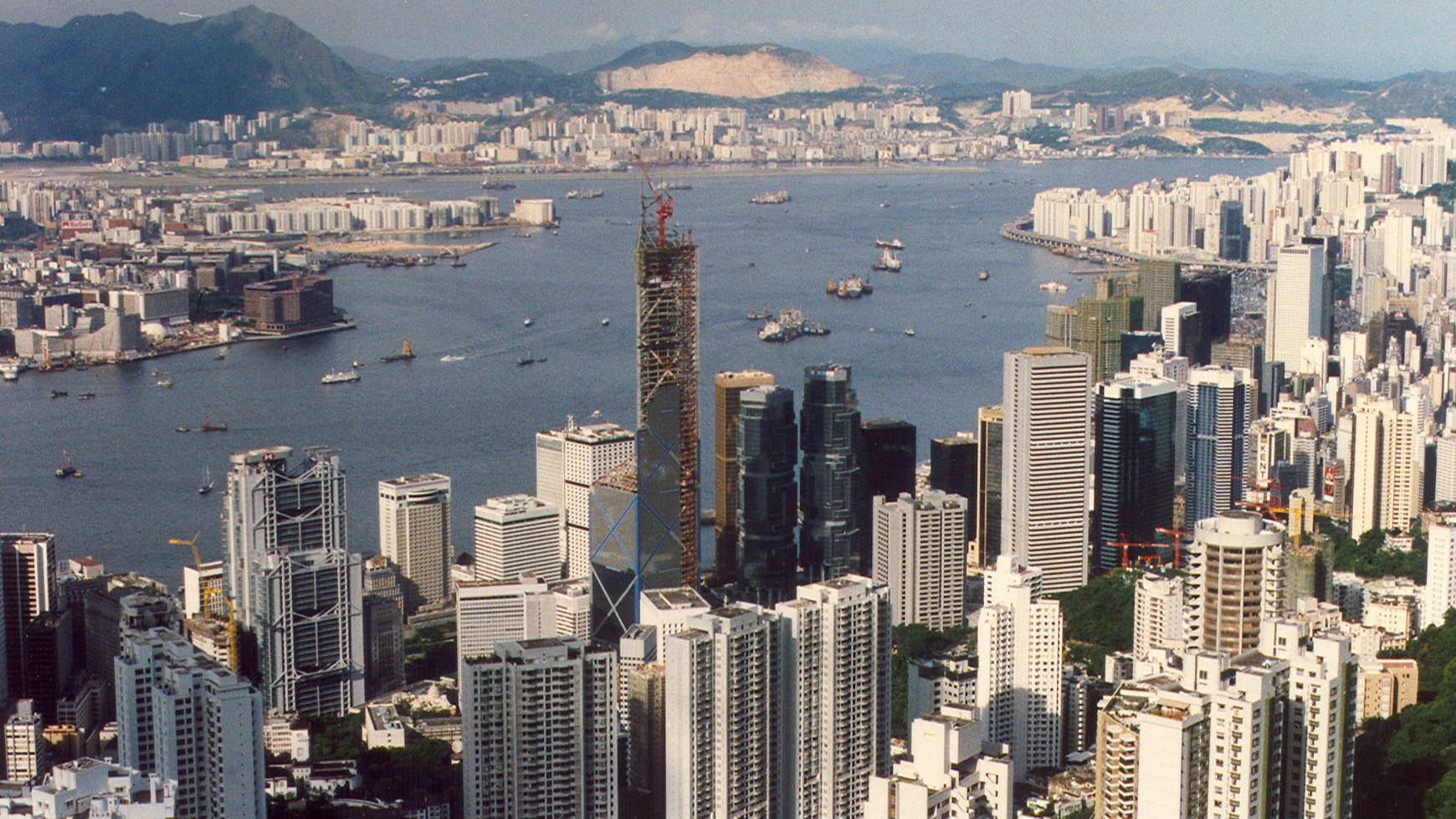Venturing into the world of nineteenth century investor behaviour, Errikos Konstantinos Klopfer, a recently graduated MSc in Economic History at LSE, explores the behavioural finance dynamics of the Greek ‘Independence Loans’. The findings paint a picture of bondholders reacting like noise traders – irrational investors responding to signals and noise rather than solid market fundamentals. Investors, relying on often flawed intelligence linked to battleground developments, navigated a complex landscape.
In the crucible of the 1821 Greek War of Independence against the Ottoman Empire, the odds were stacked against the Greek revolutionaries. Struggling with resource constraints and lacking military might, achieving independence seemed improbable without external financial support. Yet, the Greeks negotiated the ‘Independence Loans’, floating bonds on the London Stock Exchange in 1824 and 1825, amassing a staggering £2.8 million in debt. This financial feat was remarkable given the turmoil among revolutionary factions and the formidable counter-offensive launched by the Ottoman Empire.
Contrary to the widely held belief that the loans served as a tool for foreign intervention securing British interests, the British Foreign Office dismissed such notions. Correspondence with bondholder committees revealed that these investments were viewed as “speculations of a purely private nature,” with no state involvement in resolving defaulted Greek loans. This disjunction between public perception and official stance sets the stage for understanding investor dynamics.

The Narratives of Investments
To decode the investor narrative, a dataset of Greek bond prices from 1824 to 1827 was created and analysed, using archival sources from the Course of the Exchange. The price trajectory was intertwined with a timeline of pivotal events in the Greek War of Independence, providing context to investors’ responses. The time-lag between actual events and their reporting in London was addressed by constructing a lagged timeline, incorporating information available to London investors. Primary sources included The Times‘ influential column, “The Money Market”, as well as reports from the London Greek Committee and various publications of the time.
Bondholders’ reliance on imperfect information sourced from newspapers and dispatch letters created an environment where false reports triggered significant market reactions. Acknowledging that London investors operated within realms of imperfect information explains their willingness to invest in risky assets such as the Greek bonds, and their overall behaviour amidst unfolding developments in the Greek War of Independence.
The Navarino Incident: Unraveling Imperfect Information Effects
The Treaty of London in July 1827 aimed for an armistice between the Greeks and the Ottoman Empire. However, Ottoman refusal and the Great Powers’ move to enforce a ceasefire outside the Bay of Navarino increased tensions. A misinterpreted signal sparked combat, resulting in the destruction of the Ottoman-Egyptian fleet on 20th October 1827.
Reports from London vividly illustrate how imperfect information influenced investor decisions during this critical period. The first reports of shots fired in Navarino appeared in The Times on 16th October, four days before the actual battle. Despite cautionary notes on the doubtful intelligence, Greek bond prices surged following the news. The unexpected conflict with the Ottoman navy left London in disbelief, with even the validity of the first dispatch letters arriving in London being contested. The Times estimated four days, “if favoured by wind,” for the intelligence from Navarino to reach Constantinople and then London within the remaining 19-day frame. On November 12, the “destruction of the Turkish and Egyptian fleets” was confirmed, peaking Greek bond prices at 18.75%, up from around 16% before the news broke.

Conclusion: Decoding 19th-Century Investor Behaviour
Tracing Greek bond prices throughout the Independence Loans trading period unravels the characteristics of nineteenth century investors’ behaviour, akin to the noise traders identified by De Long and co-authors in their 1990 paper examining American stock market traders. In the absence of concrete information on market fundamentals, investors reacted to signals related to battleground developments. This study concludes that geopolitical events held more sway in the Greek case than changing market fundamentals. Information asymmetries, fueled by rumours or flawed intelligence, played a pivotal role in steering investors toward a signals-based response.
This historical exploration offers a compelling glimpse into the intricate dance between imperfect information and speculative trading during times of geopolitical upheaval. The Greek ‘Independence Loans’ emerge as a captivating chapter shedding light on the complexities of investor behaviour and the enduring impact of imperfect information on financial decisions.




